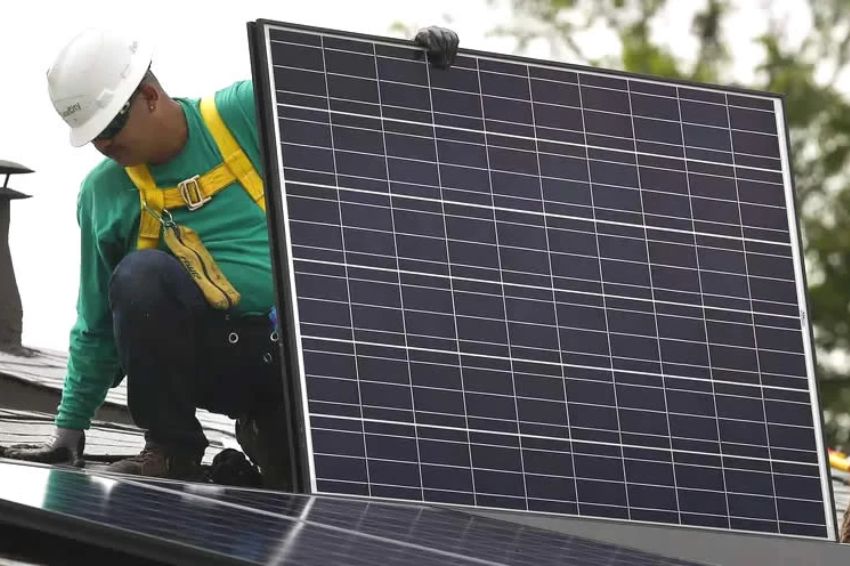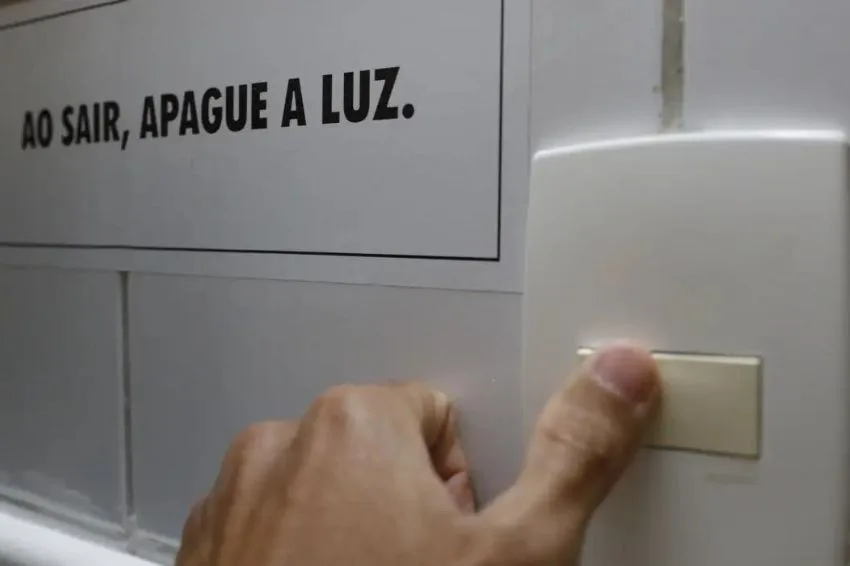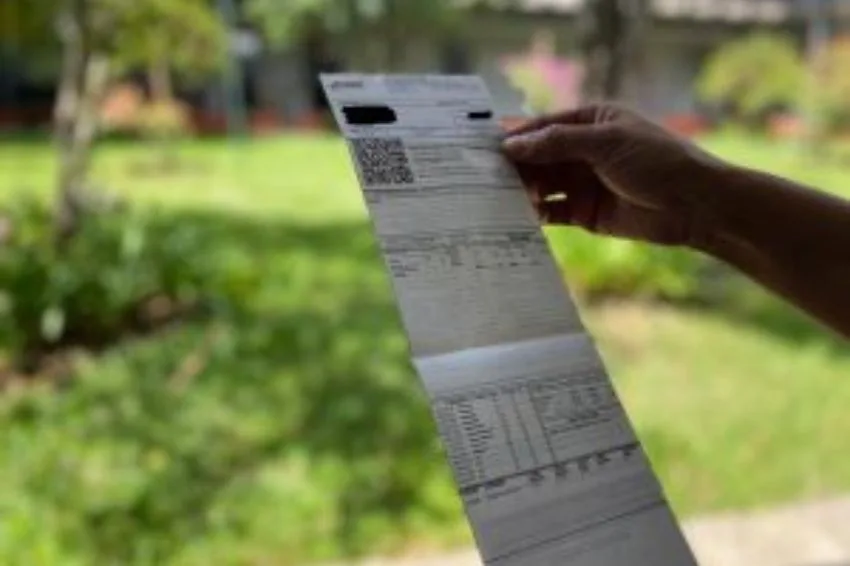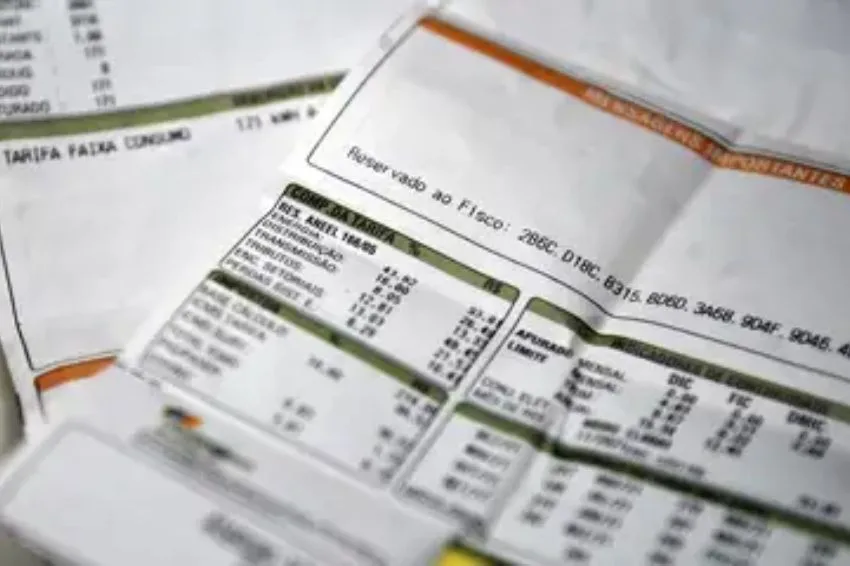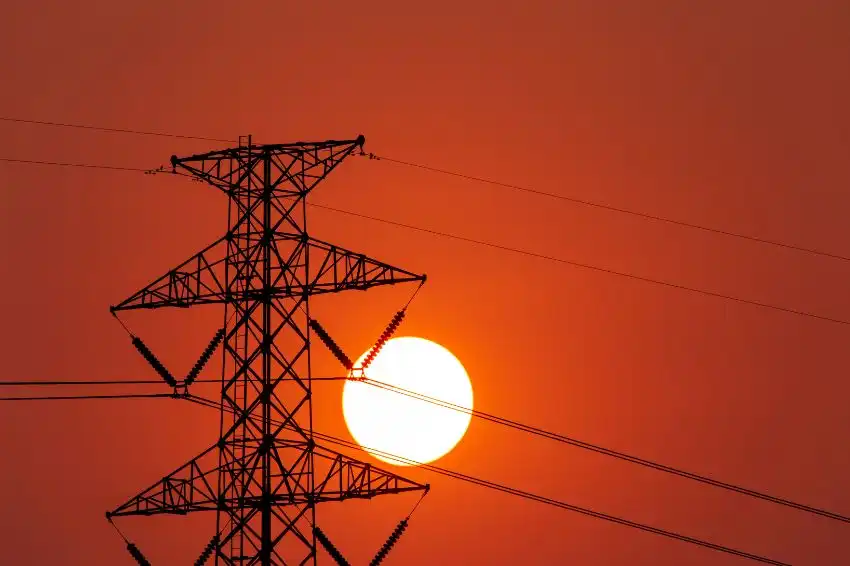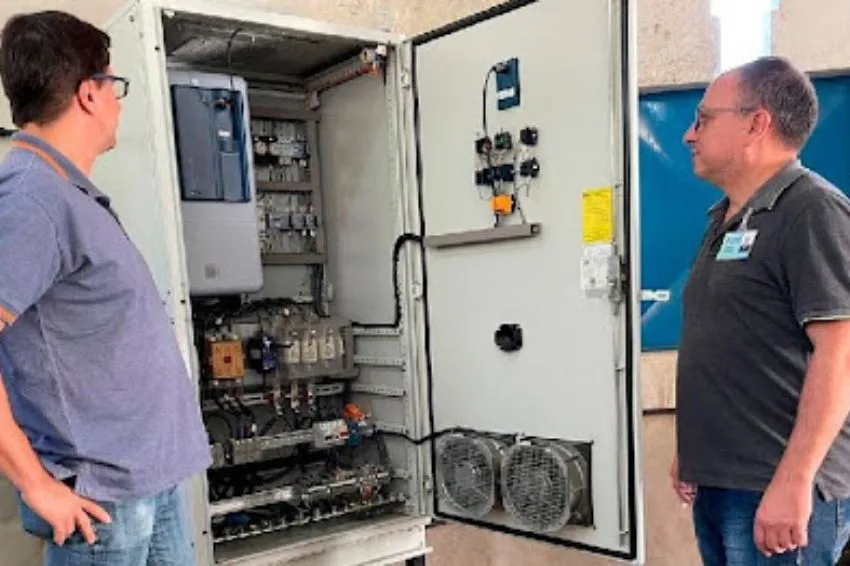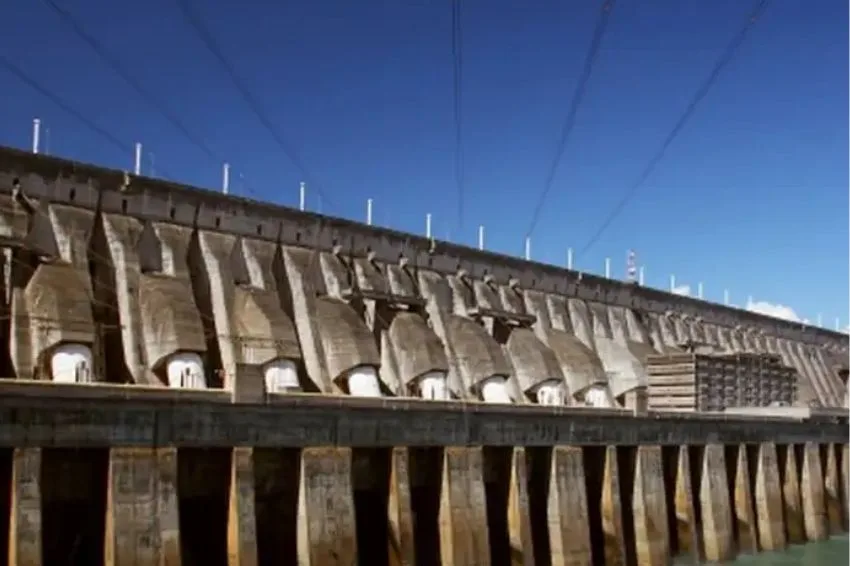O announcement of the new adjustment up to 64% in the value of tariff flags generated a fear among Brazilian consumers, who began to fear due to a significant increase in the value of the electricity bill.
A distrust was so great that her own ANEEL (National Electric Energy Agency) had to go public last Wednesday (22) to reassure the population, highlighting what the increases do not have an immediate impact on the consumer, as long as the green flag is activated in the country.
This modality, which is currently in force, is used in periods of little use of thermal energy and, therefore, has no additional cost for the consumer, unlike the yellow and red colors, in levels I and II.
The market expectation, in fact, is that the activation of extra fees will not be necessary this year due to the higher-than-expected recovery in hydroelectric reservoir levels, which reached 74.4% of capacity last week, according to information released by the ONS (National Electric System Operator).

In this sense, José Marangon, professor at UNIFEI (Federal University of Itajubá) and former advisor to the ANEEL board, analyzes that the more G.D. (distributed generation) are installed in Brazil – especially solar, due to its quick installation – there will be less chance of an extra fee being charged on consumers' electricity bills.
He recalls that last year, during the most tense moments of the water crisis, the amount collected from tariff flags by ANEEL was not enough to pay for thermal generation, which had to be activated to avoid energy rationing in the country. “So, what did ANEEL do? She reevaluated the values of the flags,” he said.
“As the reservoirs today, in relation to previous years, are above expectations, they will most likely not be activated this year, as even signaled by the Agency itself. Now, if there is a new water crisis and there is little rain, then they may be triggered”, he highlighted.
Even with the unlikely scenario and negative aspect mentioned by him, Marangon emphasizes that if the country does not stop increasing its energy production through DG systems, the risks of triggering the yellow and red flags become increasingly less likely.
“The more there is distributed generation, the more generation available and, consequently, DG displaces thermal generation. In other words, if we increase the supply of energy through DG, we end up minimizing the activation of flags at higher levels”, he commented.
“So, instead of activating the red flag at level 2, for example, we could only activate the yellow flag, minimizing increases in the value of the electricity bill”, concluded Marangon.


